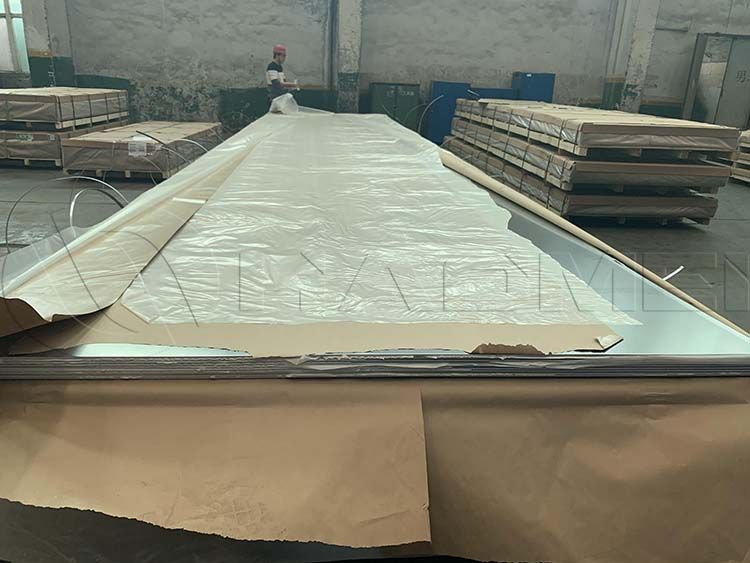What Are Marine Grade Metals and Alloys
Currently commonly used hull materials include metal materials and non-metal materials. The marine grade metals include steel, aluminum alloy like A5083 material, titanium alloy, etc.; non-metal materials include wood, cement, composite materials, etc.

Steel
Since the early 19th century, ship construction has gradually shifted from wood to steel. From the steel-wood hybrid structure with wooden panels and steel skeletons to 100% steel structure materials. In 1830, the birth of the steam engine greatly promoted the development of steel ships. The "Great Eastern", built from 1853 to 1858, was an important milestone in the development of ship construction materials from wood to steel. The boat is more than 200 meters long, 25 meters wide and 17 meters high.
Type of steel
Steels used in shipbuilding and other steel structures can be subdivided into the following categories:
1. Plates and profiles
Low carbon steel: yield strength is 235N/mm2;
High-strength steel: yield strength is 265 - 390 N/mm2;
Ultra-high-strength steel: Yield strength is 420 - 690 N/mm2.
Yield strength refers to the maximum stress at which metal materials do not produce plastic deformation, and is one of the important parameters for designers when designing steel structures.
2. Forged steel
Forged steel parts are generally used in ship propulsion shafting, rudder stock, and main engine accessories such as crankshafts, piston rods and crossheads.
3. Cast steel
In shipbuilding, cast steel is generally used in the manufacture of complex structures, such as stern structures, complex rudder accessories, anchors, pump casings, etc.
4. Stainless steel
Stainless steel is an alloy steel that generally contains chromium (chrome) and nickel, as well as some other elements. The purpose of these alloying elements is to increase the electrode potential of the base metal and effectively increase the passivation ability of iron. In addition, chromium and other metal elements can form a dense, stable, complete passivation film that can be firmly combined with the iron matrix on the surface of steel.
Marine grade aluminum alloys
Pure aluminum is a very soft metal, but choosing the right elements to make it into an aluminum alloy can greatly increase its strength and hardness. At the same time, aluminum is also non-magnetic, making it a very suitable material for making minehunters, yachts and fish boats. The common alloys are 5083, 5086, 5059 and 5052 h34 aluminum.
Copper and its alloys
Brass is a copper-zinc alloy. In aggressive liquids, such as sea water, the zinc in brass will be displaced. Therefore, brass must not be used in seawater environments. But in fresh water and oily liquids, brass is widely used and can be made into thermometers, pressure gauges, and parts of standard magnetic compasses.
Bronze is a copper-tin alloy. Bronze has good corrosion resistance in seawater, so it can be made into propellers, valves and coolers, and other parts that need to contact seawater in daily working conditions. It is also widely used in the production process of heat exchangers and pumps.
Original Source:https://www.marinealu.com/a/what-are-marine-grade-metals-and-alloys.html
Tags: marine grade aluminum alloys ,